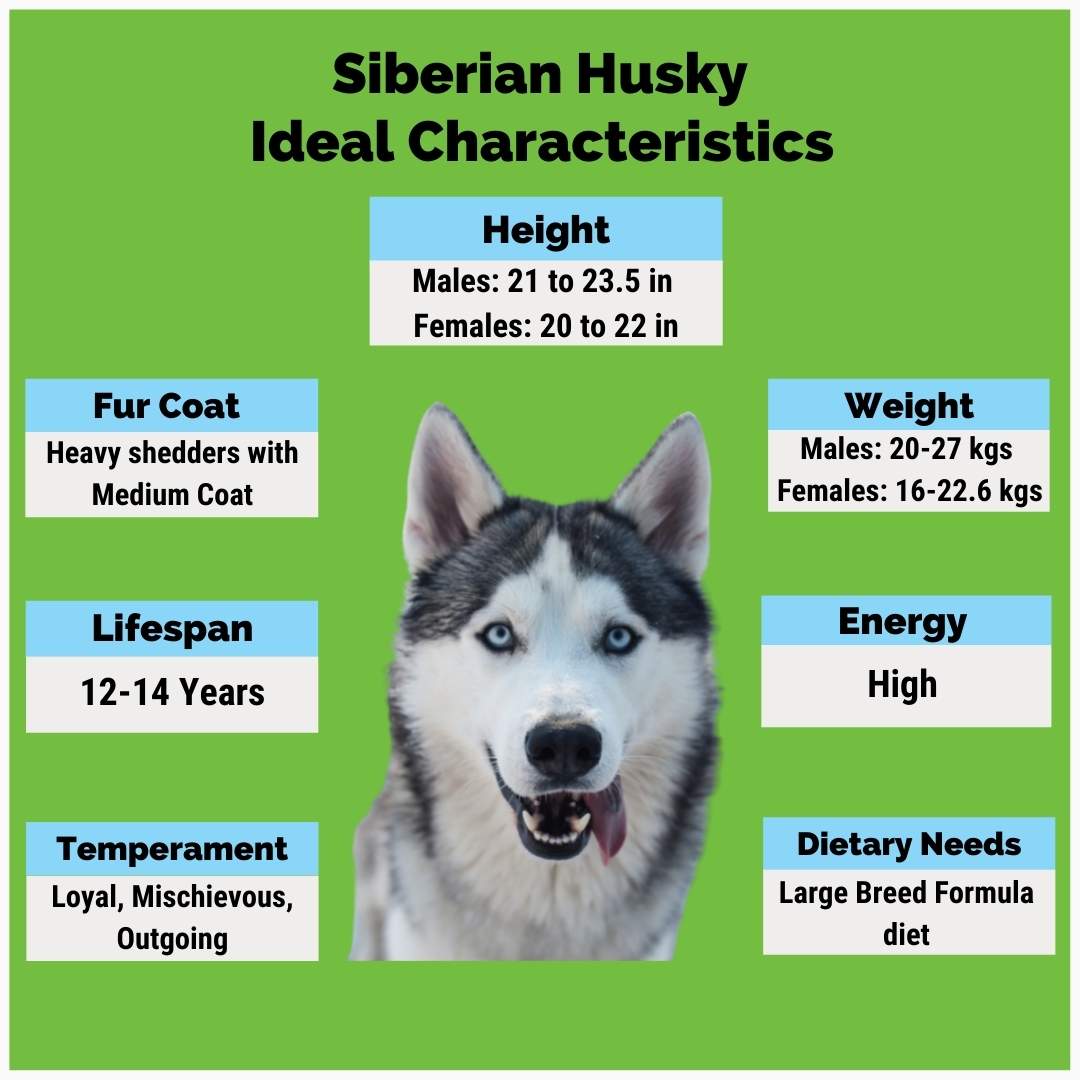The History of Siberian Husky
The Siberian Husky is a medium-sized working sled dog breed with a thick coat. They were developed to work in packs, pulling light loads at moderate speeds over vast frozen areas in sub-zero temperatures.
Originally they were bred in northeastern Asia by the Chukchi people and were kept as companion dogs for their families as well as endurance sled dogs. The Chukchi were able to maintain the purity of the breed for many generations as they were isolated from the rest of the world. The dogs they developed were the direct forerunners of today’s Siberian Husky.
Huskies caught the eye of the public when they began winning sled races in the early 1900s, but made headlines in 1925 when a legendary musher Leonhard Seppala led a relay of Siberian Huskies 658 miles in only five and a half days to rush a lifesaving serum to Nome, Alaska, where an epidemic of diphtheria had broken out. This news was reported throughout the world which made this breed popular. Balto, who was Seppala’s lead dog in the final leg of the journey, remains one of the most honored hero dogs in canine history and there is a statue of him in New York City’s Central Park.
This northern breed is friendly, energetic, and resilient.

Ideal Characteristics
Height
Males: 21 to 23.5 in
Females: 20 to 22 in
Weight
Males: 20-27 kgs
Females: 16-22.6 kgs
Life Span
12-14 Years
Fur Coat
Heavy Shedders with Medium Coat
Temperament
Loyal, Mischievous, Outgoing
Energy Levels
High
Dietary Needs
Large Breed Formula diet


.jpg)
.png)

.jpg)

.jpg)
.png)


Comments
Petzlover says
Sep 25, 2024 03:21:17The artwork beautifully shows how important Siberian Huskies are in dog sledding. You can buy Siberian husky puppies at Petzlover.com.
Buy Puppies says
Oct 18, 2024 08:27:01Thankyou for the blog. If anybody is interested in knowing more information about Siberian Husky puppy, visit the website MYDOGBREEDS.